

A Beginner’s Guide to Starting Your Antique or Vintage Jewelry Collection
Summary
Starting a vintage jewelry collection involves exploring diverse sources such as antique shops, estate sales, and online retailers, while assessing condition, authenticity, and safety. Understanding hallmarking, conducting thorough inspections, and avoiding hazardous materials are essential steps. Reflect on the joys of discovery, continued learning, and the personal significance of building a curated collection.
Reflection Questions
- How does the process of assessing condition and authenticity enhance your appreciation for vintage jewelry pieces?
- What steps will you take to ensure the safety of your vintage jewelry collection and minimize potential health risks associated with hazardous materials?
- Reflect on the role of research, community engagement, and personal aesthetics in shaping your vintage jewelry collecting journey.
Journal Prompt
Transitioning from a wish list of antique items to a true collection of vintage pieces can be a delightful adventure filled with history, beauty, and endless possibilities. For women venturing into the world of vintage jewelry, each piece tells a story of bygone eras, craftsmanship, and timeless elegance. Whether you’re drawn to the allure of Art Deco pendants, the romance of Victorian pins, the bold statements of mid-century modern designs, or the poppy vintage costume jewelry of the 1980s, creating that collection is a true labor of love. In this beginner’s guide, we’ll explain how to build a vintage jewelry collection, including where to find these treasures, how to assess their condition, identify authenticity, and ensure safety in your acquisitions so you can wear (not just view) each piece. Read on to learn more!
Where to Find Vintage Jewelry in Your Country and Abroad
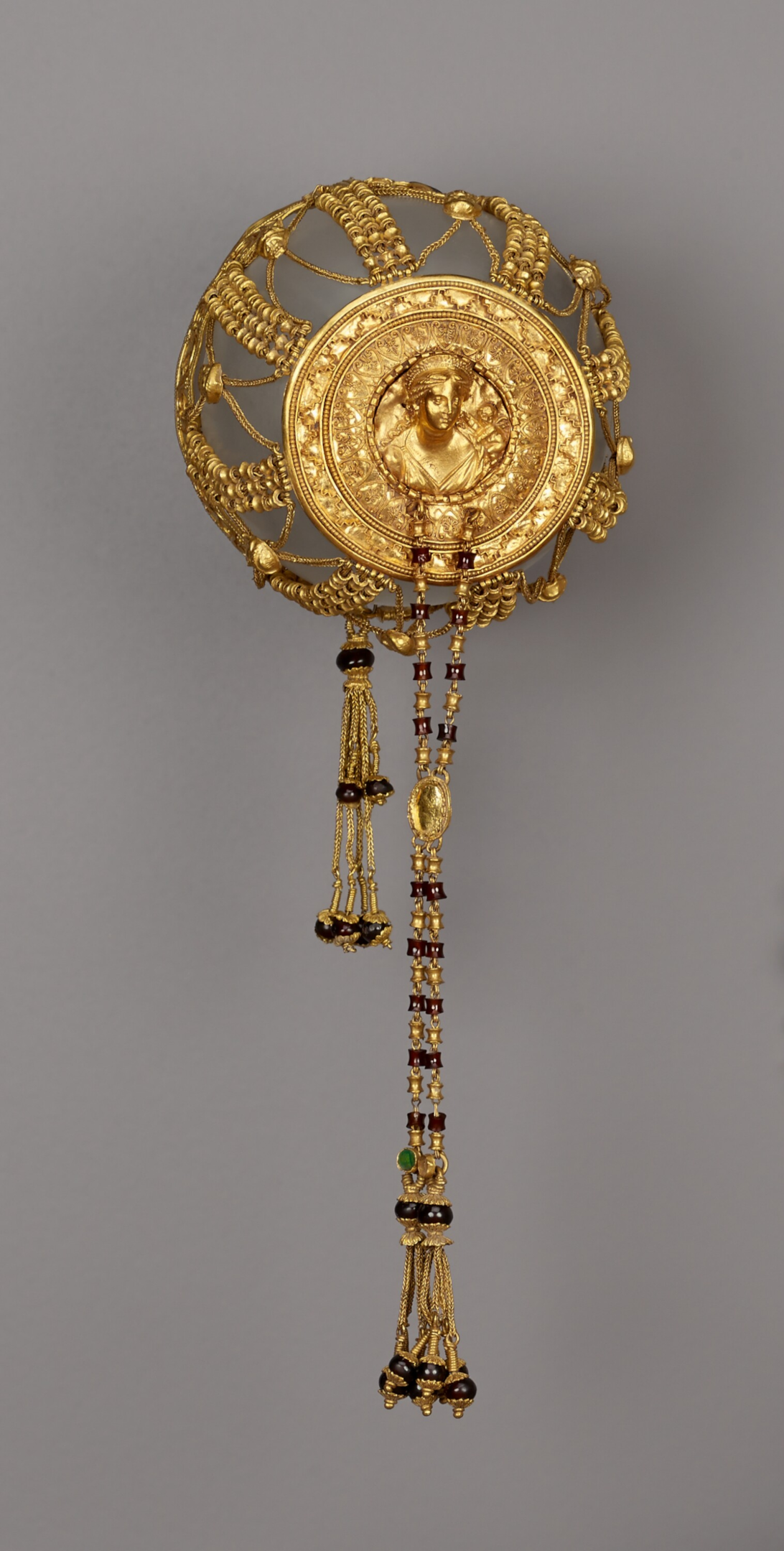

Antique shops and flea markets offer a treasure trove of vintage jewelry waiting to be discovered. These venues often feature a wide range of pieces spanning various eras, styles, and price points, making them ideal for both novice collectors and seasoned enthusiasts. Browsing through the eclectic displays of antique shops or rummaging through stalls at flea markets can be an exhilarating experience, with each find holding the potential to become a cherished addition to your collection.
Auctions and Estate Sales
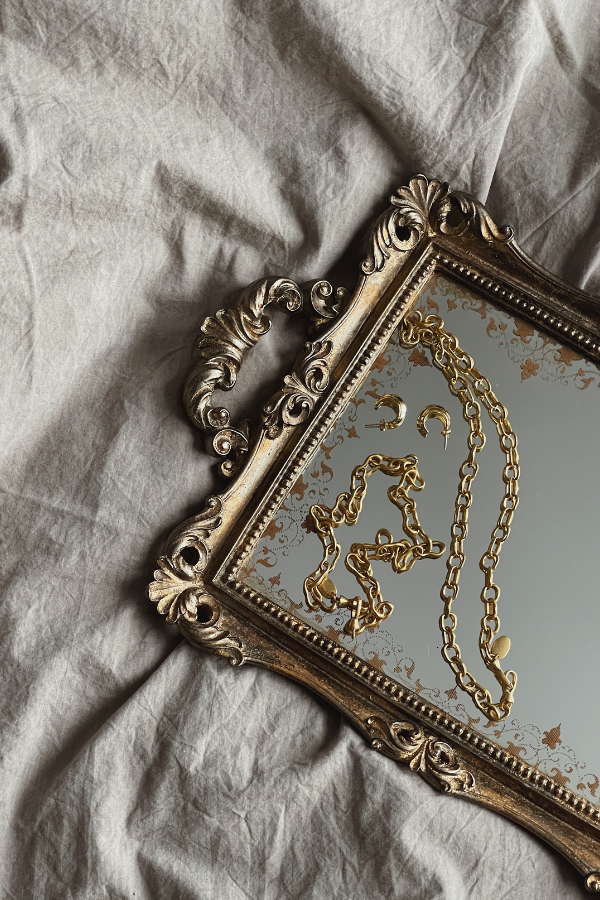

Estate sales and auctions provide another avenue for acquiring vintage jewelry, often offering curated selections from private collections or estates. These events offer the opportunity to acquire unique and rare pieces with provenance, adding an extra layer of history and intrigue to your collection. Whether attending in person or participating online, estate sales and auctions allow collectors to bid on coveted items and uncover hidden gems amidst a diverse array of offerings.
Online Marketplaces
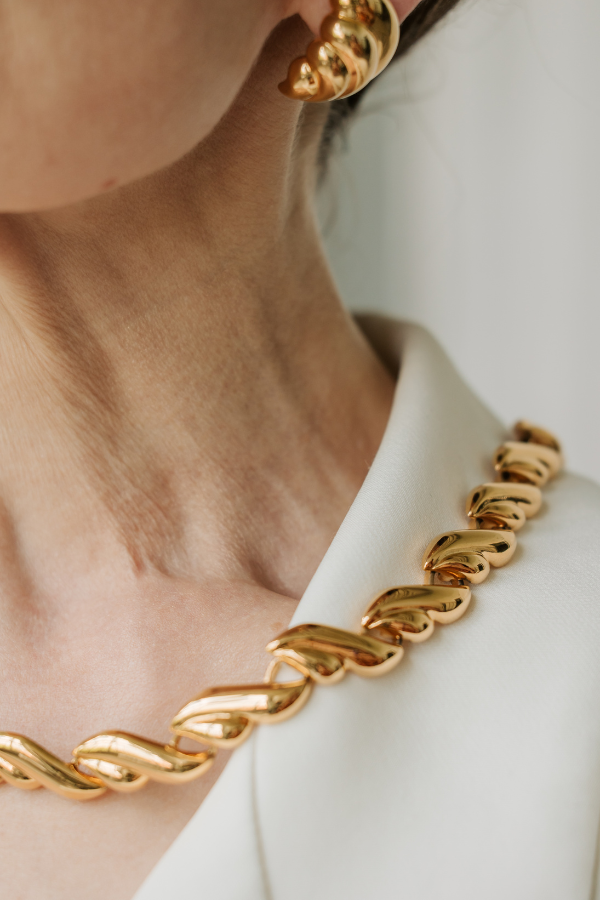

Online marketplaces and specialty vintage jewelry retailers have revolutionized the way collectors search for and acquire vintage treasures (often at discounts). With a vast selection of curated collections and the convenience of browsing from the comfort of home, online platforms offer access to vintage jewelry from around the world.
Fuel your creative fire & be a part of a supportive community that values how you love to live.
subscribe to our newsletter
Whether seeking a specific piece or exploring new styles, online marketplaces and specialty retailers provide an endless array of options, ensuring that every collector can find something to suit their tastes and preferences. Your next piece of vintage costume jewelry could be just a click and a cart check-out away!
Assessing Condition of Vintage Jewelry
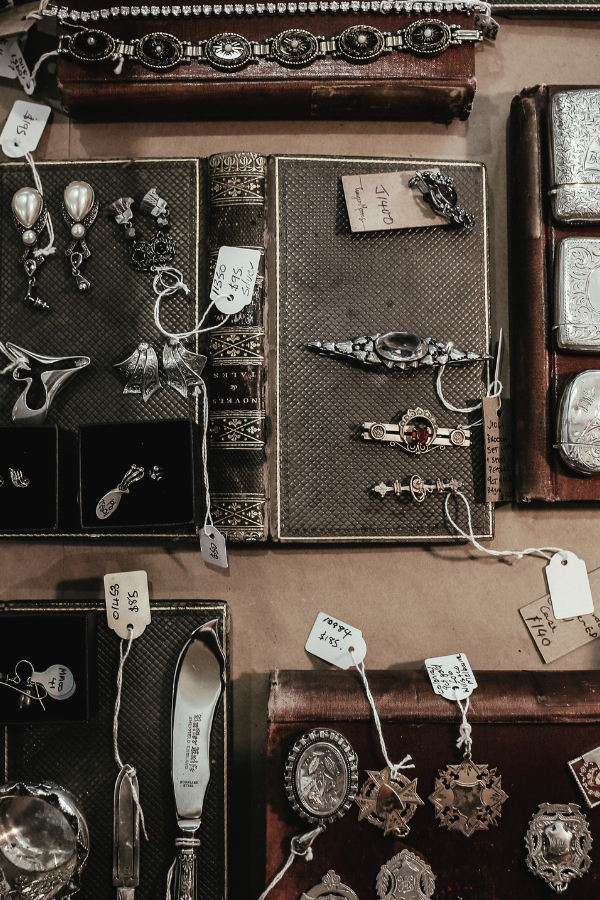

Inspecting for signs of wear, damage, or repairs is crucial in determining the overall condition and value of vintage jewelry. This involves closely examining the surface of each piece for scratches, dents, or discoloration, as well as checking for any signs of previous repairs or alterations. By thoroughly assessing the condition of vintage jewelry, collectors can make informed decisions about the suitability of each piece for their collection and anticipate any necessary maintenance or restoration.
Searching for Signs of Damage
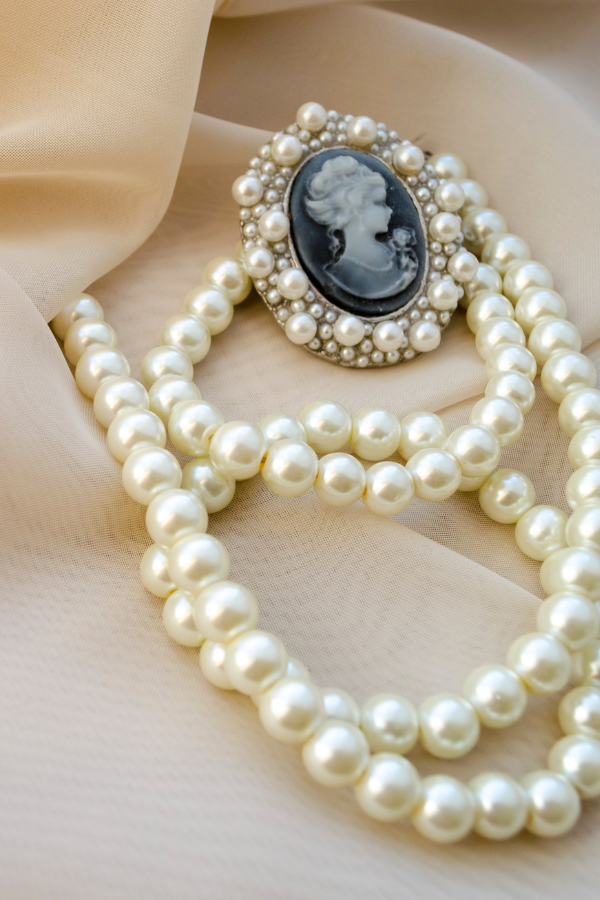

Checking the integrity of clasps, hinges, and settings is essential for ensuring that vintage jewelry pieces are structurally sound and wearable. This entails examining the functionality and durability of clasps, ensuring that hinges move smoothly and securely, and inspecting the settings of gemstones or other embellishments for stability. Attention to these details helps to prevent potential damage or loss of precious components and ensures that vintage jewelry can be enjoyed and appreciated for years to come.
Understanding Normal Age-Related Alterations in the Appearance of Vintage Items
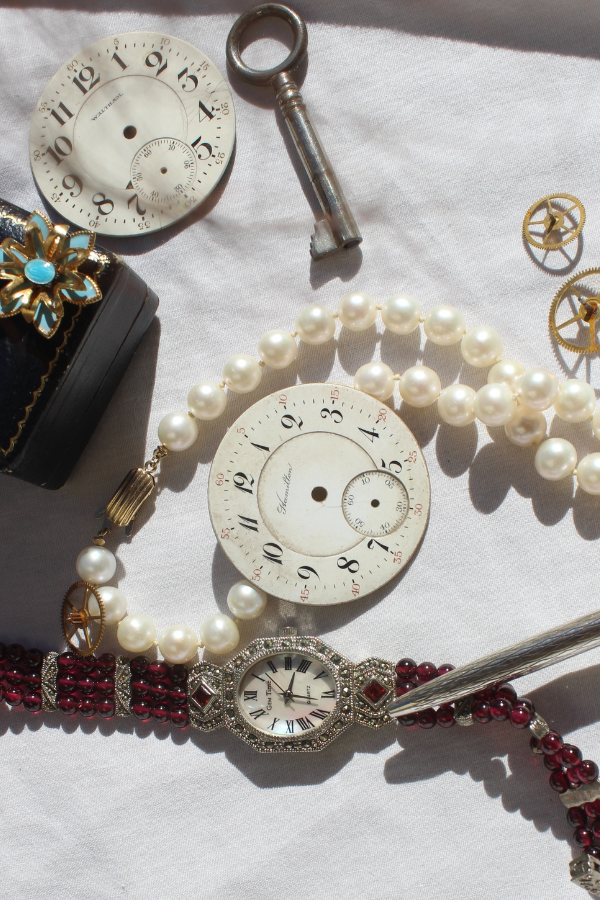

Understanding the significance of patina and age-related changes adds depth and character to vintage jewelry pieces. Patina, the natural aging and oxidation process that occurs over time, can enhance the beauty and authenticity of vintage jewelry, lending a unique charm and personality to each piece. By appreciating the subtle nuances of patina and age-related changes, collectors can gain a deeper appreciation for the history and craftsmanship embodied in vintage jewelry, enriching their collecting experience.
Identifying Fakes and Reproductions
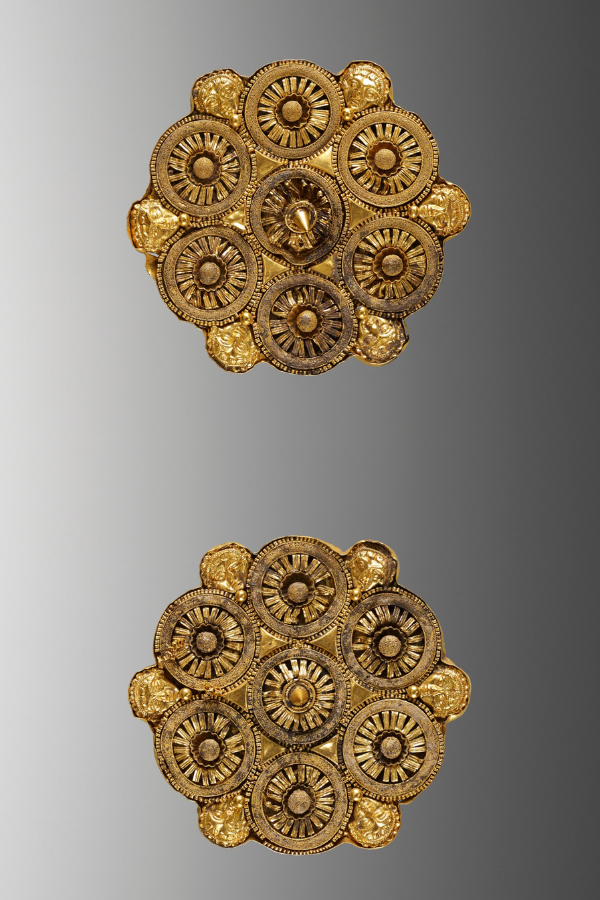

Researching hallmark and maker’s marks for authenticity is essential for distinguishing genuine vintage jewelry from counterfeit or imitation pieces. Hallmarks, symbols, or signatures stamped onto jewelry provide valuable clues about its origin, date of production, and authenticity, allowing collectors to verify its provenance and quality. By conducting thorough research and familiarizing themselves with hallmarking conventions, collectors can confidently identify authentic vintage jewelry pieces and avoid falling victim to fraudulent practices.
Differentiating between genuine vintage and contemporary reproductions requires careful scrutiny of design, materials, and craftsmanship. Vintage jewelry pieces often exhibit distinctive characteristics indicative of their era, such as specific design motifs, manufacturing techniques, or materials that were prevalent during the time of production. By comparing these attributes with known examples and consulting reputable sources, collectors can discern whether a piece is an authentic vintage artifact or a modern reproduction attempting to mimic its aesthetic appeal.
Find the Right Forums and Reference Books for Further Info
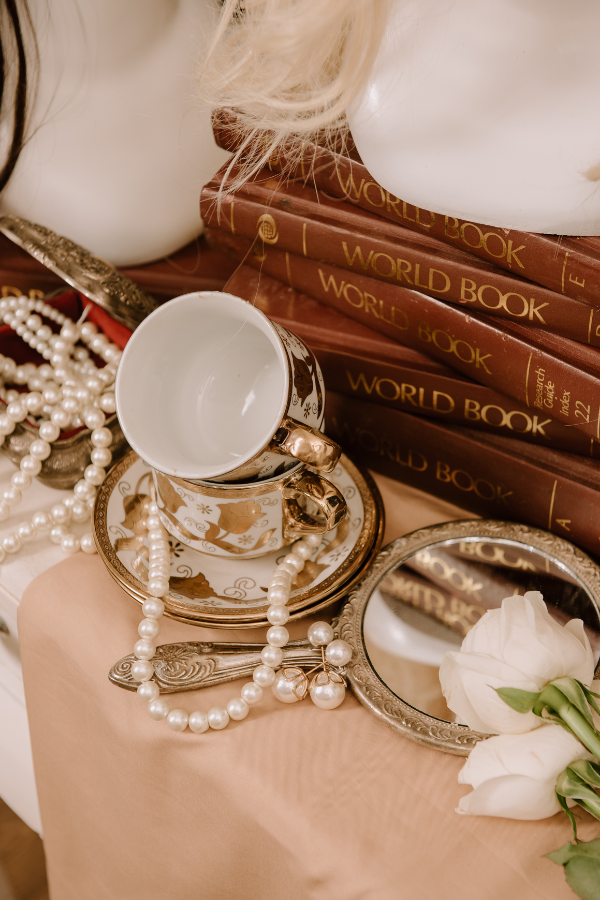

Utilizing resources such as reference books, online forums, and expert appraisals provides valuable guidance and support in identifying fakes and reproductions. Reference books and online resources offer comprehensive information and visual references for identifying vintage jewelry makers, hallmarks, and design styles, serving as invaluable tools for collectors seeking to expand their knowledge and expertise.
Additionally, participating in online forums and seeking expert appraisals enable collectors to seek advice, share insights, and receive professional opinions on the authenticity and value of vintage jewelry pieces, empowering them to make informed decisions and enhance their collecting experience.
Ensuring Safety and Avoiding Hazardous Materials So You Can Wear Your Jewelry!
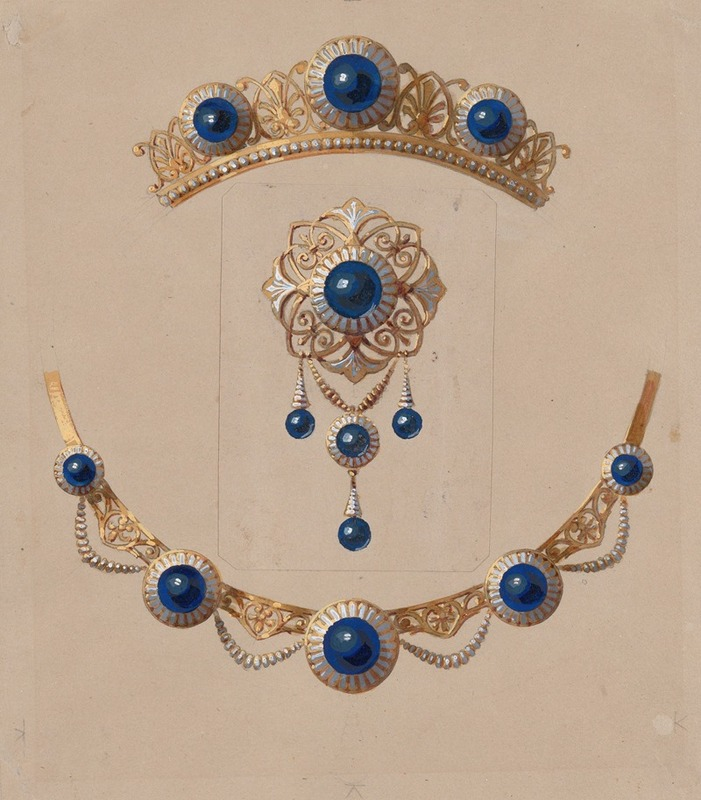

Understanding the potential presence of hazardous materials such as lead, cadmium, and nickel in vintage jewelry is essential for safeguarding the health and well-being of collectors. Many vintage jewelry pieces, particularly those manufactured before the implementation of modern safety standards, may contain toxic substances that pose risks of allergic reactions, skin irritation, or long-term health effects. By educating themselves about the potential hazards associated with vintage jewelry materials, collectors can take proactive measures to minimize exposure and protect themselves and their loved ones.
Purchasing Test Kits to Use on Jewelry


Performing simple tests for identifying harmful substances enables collectors to assess the safety of vintage jewelry pieces before acquiring or wearing them. These tests may involve using commercially available lead testing kits or conducting spot tests on metal surfaces to detect the presence of toxic elements such as lead or cadmium.
By conducting these tests responsibly and following appropriate safety precautions, collectors can make informed decisions about the suitability of vintage jewelry pieces for their collection and mitigate potential health risks.
Consulting Professionals Before Treating or Wearing Jewelry
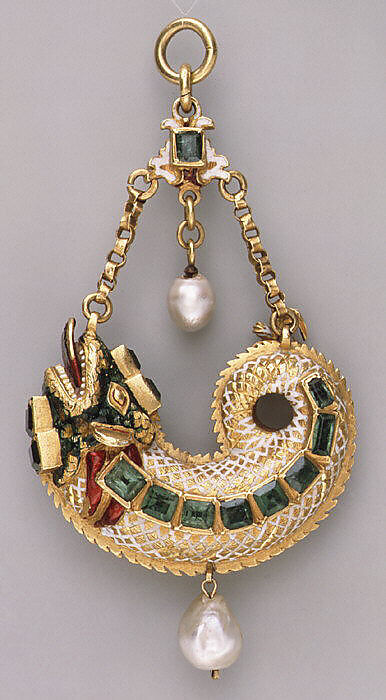

Consulting with professionals for proper cleaning, restoration, and handling of vintage pieces ensures that collectors can enjoy their treasures safely and responsibly. Professional jewelers and restorers possess the expertise and specialized equipment necessary to assess and address any safety concerns associated with vintage jewelry pieces, such as removing hazardous coatings or replacing deteriorating components. By seeking professional guidance and assistance, collectors can preserve the beauty and integrity of their vintage jewelry collection while prioritizing their health and safety.
Final Thoughts on Collecting Vintage Costume Jewelry
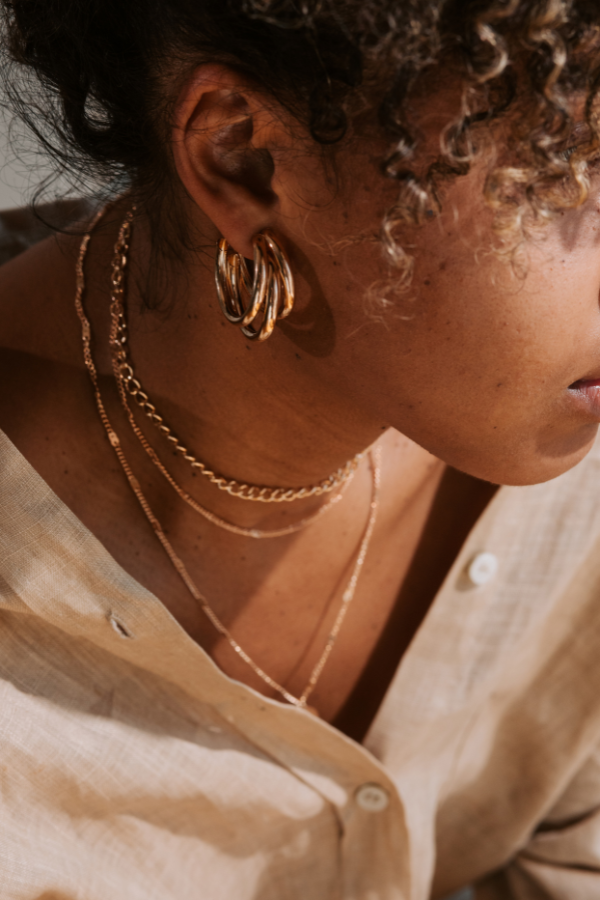

By following the guidance provided in this beginner’s guide, aspiring collectors can embark on their vintage jewelry collecting journey with confidence and enthusiasm, knowing that they possess the knowledge and resources needed to make informed decisions and appreciate the beauty and history of each piece.
With a wealth of resources and opportunities available, there is always something new to learn and explore in the diverse and fascinating world of vintage jewelry collecting. In collecting and cherishing vintage jewelry pieces, collectors not only enrich their lives with beauty and elegance but also contribute to the preservation and appreciation of cultural heritage and artistic legacy for generations to come.
Design Dash
Join us in designing a life you love.
-
All About Our 7-Day Focus & Flex Challenge
Sign up before August 14th to join us for the Focus & Flex Challenge!
-
Unique Baby Names Inspired by Incredible Women from History
Inspired by historic queens, warriors, artists, and scientists, one of these unusual baby names might be right for your daughter!
-
Finding a New 9 to 5: How to Put Freelance Work on a Resume
From listing relevant skills to explaining your employment gap, here’s how to put freelance jobs on your resume.
-
What is Generation-Skipping, and How Might it Affect Sandwich Generation Parents?
The emotional pain and financial strain of generation skipping can be devastating for Sandwich Generation parents.
-
Four Material Libraries Dedicated to Sustainability, Preservation, and Education
From sustainable building materials (MaterialDriven) to rare pigments (Harvard), each materials library serves a specific purpose.
-
Do You Actually Need a Beauty Fridge for Your Skincare Products? (Yes and No.)
Let’s take a look at what dermatologists and formulators have to say about whether your makeup and skincare belong in a beauty fridge.
1 Comment
Comments are closed.









Elizabeth Burton
My engagement ring is an antique with pale blue rose cut diamonds. Love finding gorgeous vintage and antique jewelry!